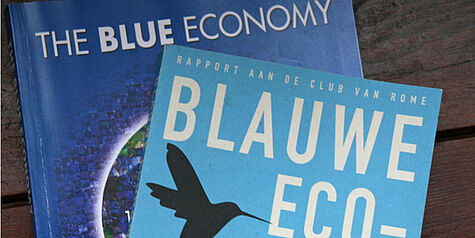| Datum | 1 februari 2022 |
| Locatie |
High Tech Institute Kennedyplein 204 5611 ZT Eindhoven |
| Website | https://www.hightechinstitute.nl/courses/design-for-sustainability/ |

After attending this training, you will have:
- An overview of sustainable developments and thought leadership. From 'Limits to growth' to Cradle to Cradle and 'An inconvenient truth';
- An overview of renewable energy sources and techniques;
- The basics of Life Cycle Analysis (LCA). You will learn how to apply the knowledge quickly and effectively within your project;
- Sustainable selection of materials. You will learn how to quickly and effectively make choices for sustainable materials and surface treatments.
You will receive:
- An introduction to sustainable developments by Jeroen Rondeel;
- Useful LCA tools (for example Idemat application);
- Useful tools for selection of materials (for example a copy of Alwood J. Cullen “Sustainable Materials”).
Program
Day 1
On the first day we focus on the theoretical part of the course. We dive into different sustainable developements from C2C and the Donut Economy to Blue Economy and Biomimicry 3.8. What can we learn from these theories? And what tools for sustainability do they provide? You’ll get a great overview of the different views on sustainability.
After that we dive into the world of renewable energy. We look at different energy sources and techniques. For example solar, wind and biomass. How these techniques work and how to compare them. You will learn the trias energetica principle, and get familiar with the concepts LCoE (Levelized cost of energy) and ERoEI (Energy return on energy invested).
Day 2
On the second day we get more practical. We start by performing a Life Cycle Analysis (LCA). We show you what components are important, how you can execute the LCA and what lessons you can learn from it. We end up with a measurement of the environmental footprint of a product or a process.
The next step in design for sustainability is transfering your insights regarding the environmental footprint into a new design, a different process or by selecting different materials. We show you various tools to calculate the optimal choice of material. You will perform this calculation yourself during the course. We use tools like: Ashby charts and the ABC-X method in a number of practical assignments.